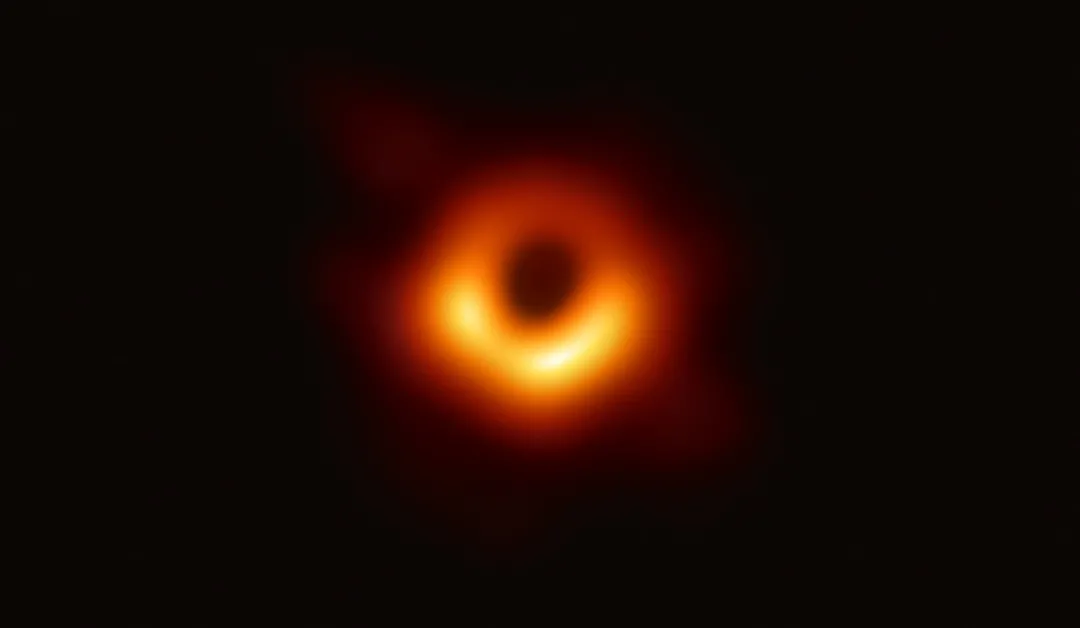
Black Hole Breakthroughs: Unveiling the Invisible Giants of Space
Black holes, once relegated to the realm of science fiction, are rapidly becoming more understood thanks to groundbreaking research and innovative technologies. What was once a theoretical concept is now being observed and analyzed in unprecedented detail, promising to unlock cosmic secrets and challenge our understanding of the universe. But how do scientists actually "see" the invisible?
The challenge lies in the very nature of a black hole: its immense gravity prevents even light from escaping, rendering it inherently unobservable. Yet, through a combination of clever techniques, from studying the behavior of surrounding matter to detecting gravitational waves, scientists are piecing together a detailed picture of these enigmatic objects.

One method involves observing the effects of a black hole on nearby stars. As reported by Mirage News, space telescopes equipped with special instruments can detect how material and stars behave when in close proximity to these cosmic behemoths. Their strong gravity causes stars to orbit them at high speeds, allowing researchers to infer the presence and mass of the unseen object.
Another crucial technique focuses on binary systems. According to a detailed analysis, stellar-mass black holes, often found in binary systems, can be identified by their gravitational interaction with a companion star. Modern astronomical equipment, like the Gaia space telescope, provides precise astrometric data, revealing subtle fluctuations in a star's orbit caused by an unseen, massive companion. When a black hole and its companion orbit close together, the black hole can pull matter from the star, forming an accretion disk around itself. This disk emits intense radiation, particularly in the X-ray range, providing another avenue for detection.
The first black hole ever discovered, Cygnus X-1, was identified as an X-ray source. This discovery led to a famous bet between Kip Thorne and Stephen Hawking about whether it was in fact a black hole; Thorne eventually won when its nature was confirmed. Black holes in binary systems can also exhibit erratic behavior, with powerful thermonuclear explosions occurring in their accretion disks, known as X-ray novae.

Beyond binary systems, scientists also look for tidal disruption events. These occur when a black hole tears apart and absorbs a star, resulting in a massive release of energy comparable to a supernova explosion, visible even from great distances.
Gravitational lensing offers another way to indirectly observe black holes. The gravitational field of a black hole can bend and distort the light from stars behind it. Although the effect is subtle, the dimming of a star's light as a black hole passes in front of it can be detected by powerful telescopes.
Perhaps the most revolutionary method for detecting black holes is the use of gravitational wave detectors. These detectors can sense the ripples in spacetime caused by the merger of black holes and neutron stars. By analyzing these gravitational waves, scientists can determine the masses and movements of the objects involved, even if they are too distant to be seen by other means.
The Event Horizon Telescope (EHT) collaboration, as highlighted in a lecture by astrophysicist Sheperd Doeleman, achieved a monumental feat in 2019 by capturing the first-ever image of a black hole. By combining data from radio telescopes around the world, the EHT simulated a telescope the size of Earth, allowing them to visualize the ring of light surrounding a black hole in the Messier 87 galaxy. This confirmed Einstein's theory that such a ring of light should exist, shaped by radiation emitted from hot gas near the black hole's event horizon.
With these advancements, scientists are now poised to make a black hole movie, offering a real-time glimpse into the dynamics of these cosmic giants.
What other secrets are lurking within these celestial enigmas? Share your thoughts and predictions in the comments below!